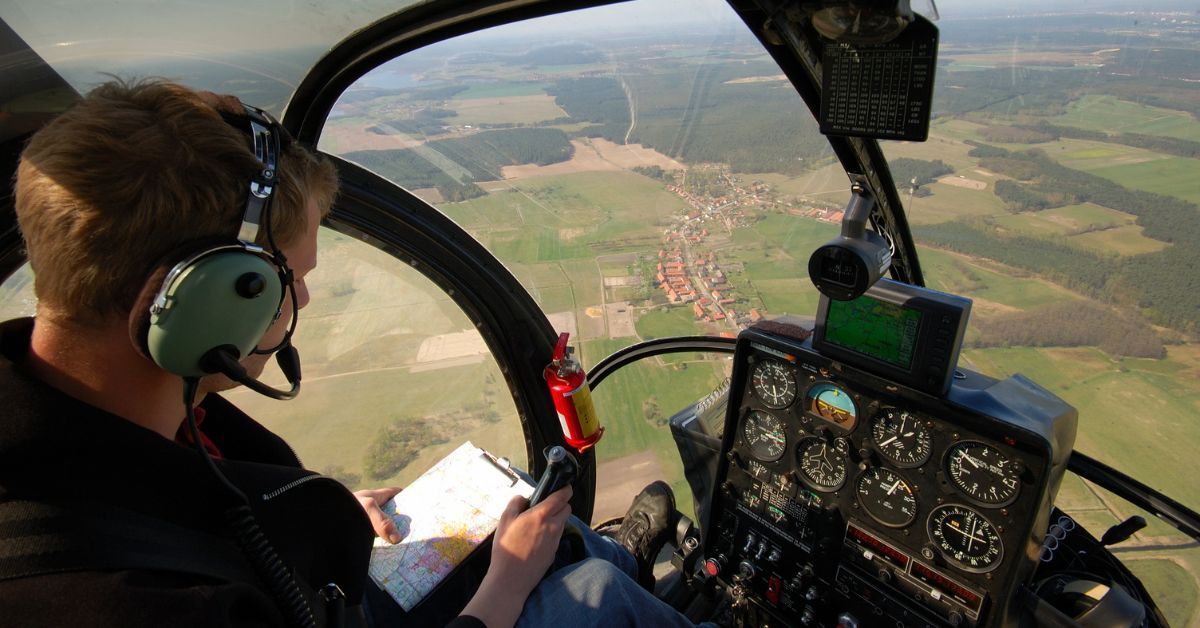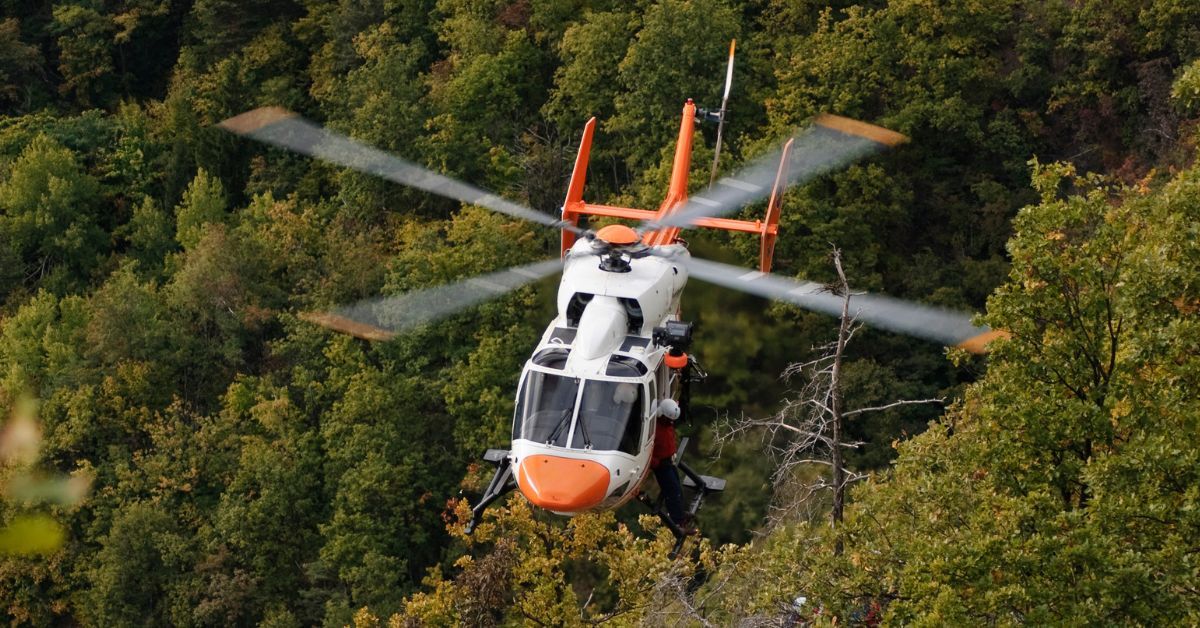A Closer Look at EMS Helicopter Pilot Training
Emergency Medical Services (EMS) helicopter pilots are pivotal in our society. These highly skilled individuals are typically the first to respond to life-threatening situations, providing rapid transport to critical care when every second counts. A helicopter can swiftly reach areas that are otherwise difficult for cars and other vehicles, such as remote locations outside of the street-covered cities across the country. The urgency and precision required from EMS helicopter pilots make them an indispensable component of emergency response teams worldwide.
You can start taking the right steps today if you’re ready to become one of these EMS pilots. Take a closer look at EMS helicopter pilot training to learn how to set your expectations and schedule accordingly.
Charting the Course to Becoming an EMS Helicopter Pilot
The path to becoming an EMS helicopter pilot is challenging and rewarding, requiring a combination of education, skill, and dedication. For those aspiring to take to the skies, this path begins with a solid educational foundation. Most candidates start by obtaining at least a high school diploma, although further education in aviation or related fields can be beneficial. This foundational education sets the stage for more specialized training tailored to helicopter operations.
Aspiring EMS helicopter pilots must also acquire specific certifications and licenses. These typically include a private pilot license, followed by a commercial pilot license, which is essential for operating helicopters professionally. We highly recommend earning an instrument rating in addition to these credentials, as an instrument rating enables pilots to fly in diverse weather conditions using cockpit instruments. This rigorous career path ensures that only the most qualified individuals perform such a critical role.
Physical and mental fitness are paramount in this line of work. Pilots must maintain excellent health to pass regular medical examinations that assess their fitness to fly. Equally important is mental resilience; EMS helicopter pilots often face high-pressure situations that demand quick thinking and composed decision-making. The ability to remain calm and focused amid chaos is crucial for the success and safety of every mission.
Immersed in Training
Training for EMS helicopter pilots is a comprehensive process that blends theoretical knowledge with practical skills. Flight school marks the beginning of this journey, where aspiring pilots learn the fundamentals of aviation. These fundamentals include understanding aircraft mechanics, aerodynamics, and meteorology. A good flight school will provide a range of opportunities to earn certifications and grow into new fields. For example, Arapahoe Flight Club’s flight school in Colorado offers many courses that include options for private pilot licenses, commercial pilot licenses, and more.
However, the specialized EMS training truly prepares pilots for the unique challenges of medical emergency missions.

Following Specialized Training
The EMS helicopter pilot training curriculum is extensive, covering flight theory, navigation, and emergency procedures. Flight theory encompasses the principles of flight and aircraft operation, while navigation training ensures pilots can chart precise courses to their destinations. Equally important are emergency procedures, which equip pilots with the skills to handle unexpected situations while maintaining control of the helicopter. This aspect of training is critical, as EMS pilots must often land in unconventional settings to reach patients quickly.
Hands-on experience and simulation training hold significant value in preparing pilots for real-world scenarios. Simulators provide a controlled environment where pilots can practice maneuvers and responses to various emergencies without risk. This experience is invaluable, as it allows pilots to build confidence and muscle memory, ensuring they are ready for any situation that might arise during actual missions. The combination of simulators and real-world training hones their skills to perfection.
The EMS Pilot Experience
Taking a closer look at EMS helicopter pilot training requires getting an idea of what the experience is like. A day in the life of an EMS helicopter pilot is anything but typical. Each shift is full of unpredictability, requiring pilots to be ready at a moment’s notice. Pilots start their day with pre-flight checks, ensuring the helicopter is in optimal condition for any upcoming missions. Once airborne, they must remain vigilant, navigating varying weather conditions and coordinating with medical staff on the ground.
The challenges and rewards of being an EMS helicopter pilot are profound. The job demands unwavering focus and the ability to make split-second decisions under pressure. Despite the challenges, the rewards are equally significant. The opportunity to save lives and make a tangible difference in emergencies is a driving force for many pilots in this field.
Each mission presents unique challenges, whether responding to a multi-vehicle accident on a busy highway or airlifting a patient from a remote mountain location. These scenarios highlight the critical nature of the job and the impact that EMS helicopter pilots have on saving lives.

Reflecting on the Journey Ahead
The path to becoming an EMS helicopter pilot awaits those with the dedication and passion to succeed.
Simply put, EMS helicopter pilots hold a vital position in emergency medical services, serving as lifelines in critical situations. Their rigorous training encompasses education, certifications, and hands-on practice to ensure they are ready for any challenge. Aspiring pilots should feel encouraged to pursue this career path, knowing they can profoundly impact countless lives.
Numerous resources are available to guide and support those ready to take the next step on this path. The opportunities to gain the knowledge and skills needed to soar in this field are plentiful, whether it’s enrolling in a flight school, seeking mentorship from experienced pilots, or exploring further literature on EMS training.
We invite you to explore additional resources and connect with professionals in the industry if you’re inspired to explore a career as an EMS helicopter pilot or seek further insights into this dynamic field. The path may be demanding, but the rewards are invaluable for those committed to serving others from the skies.
The need for skilled EMS helicopter pilots is ever-growing, and your journey could begin today. Embrace the challenge, rise to the occasion, and become a vital part of emergency medical services. Your adventure into the skies and into a life of impactful service starts now—seize the opportunity to make a difference at Arapahoe Flight Club’s flight school in Colorado!
